If you ask a cannabis enthusiast what they like to see in their cannabis products, they’ll most likely respond with epithet for high-quality. Whether it’s dank, fire or flame, the typical cannabis consumer is just seeking out the leading top-shelf products they can afford. This is what we call the reactionary or impulse buyer.
While this method works well for consumers, it’s highly ineffective for manufacturers, retailers and distributors. Today’s cannabis users want to know about what they’re consuming and how a crop was harvested. If you don’t know this information, you’re running the risk of losing a sale to an informed consumer.
Transitioning from a reactionary to a proactive buyer
The No. 1 way to ensure that you’re buying the best products on the market is to source product from a reputable and trusted farm. It’s also critically important to ask questions -- the right questions -- of your farmer to ensure consistency and quality of product.
This is what we call the proactive or informed buyer.
Essential questions to ask as a proactive buyer
Here are some key questions you should ask a farm that you consider buying from:
Ask for their CDFA license # and a copy for your records.
Which nutrient regime is used? Animal and plant based fertilizers such as compost teas and bone meal? Or synthetic fertilizers such as the Botanicare line? What soil do you use?
What integrated pest management (IPM) system do you use? Ask for the brand names of the bio-insecticides or bio-fungicides. When do you stop using these methods in a growing cycle?
What strains do you have or will you have available this season? What is your monthly harvest/inventory schedule?
Do you grow from seed or clone? What generation genetics are you using? Where do you source from?
What quality controls methods are in place during drying and processing?
Finally, ask for your preferred strain or product. And if it’s out of stock, ask about a similar offering.
Go beyond the basics
If you’re pleased with the answers from your preliminary Q&A, or in some cases your initial purchase, the next step is to have a more in-depth conversation with your farmer and map out a plan.
Planting ahead is critical for success.
Reserve a batch prior to harvest
Knowing when the harvest is ready and available will significantly improve your purchase options and flexibility. By reserving a batch, you can lock in a trendy and desirable harvest and avoid picking over someone else's leftovers. It also helps you keep your business going by having the product available when you need it.
However, this requires that you know what to reserve and what kind of timeline to expect.
Determine needs
Long gone are the days of just buying cannabis based on availability. Modern purchasers are looking for quality, quantity, and characteristics. They want to know the particulars of what a plant has to offer, like what terpenes and cannabinoids are present. Desirable aspects of a plant vary greatly from person to person, so it’s essential to get the right plant to the right person in order to maintain the customer’s trust and patronage.
An effective way to achieve this is to ask questions that will help you guide the customer to the most beneficial strain. Fashionable strains are fine, but they come and go. The long-term buyer is often looking for consistent and reliable strains to purchase over time.
Create timeline
Once you’ve determined the customer's needs, you’re next step is to establish a timeline. If you are reactive to trends, this is the part of the plan that’s most dangerous. A plant that is trendy today can fall out of popularity a few months later. Proactively determining what your customer desires will significantly improve your success, as you can create a timeline for getting them what they want and eliminate the guesswork.
Choose to reserve or customize
Next you must decide whether to reserve some space in a harvest or to customize an order. Both options offer benefits that prove useful for savvy buyers. A reserve batch is excellent for securing that desirable harvest, and usually requires a deposit and letter of intent to lock in your purchase. This is especially useful for startups still figuring out how much product they’ll need.
Sometimes more flexibility is required, which is where a customized harvest shines. In a customized harvest, the farmer plants whatever you request, to the best of their ability. This allows you to select what you want from a variety of plants for harvest, ultimately diversifying your yields and improving choice and quality.
In the end, both options will help you and the customer find quality harvests that fit your mutual needs.

